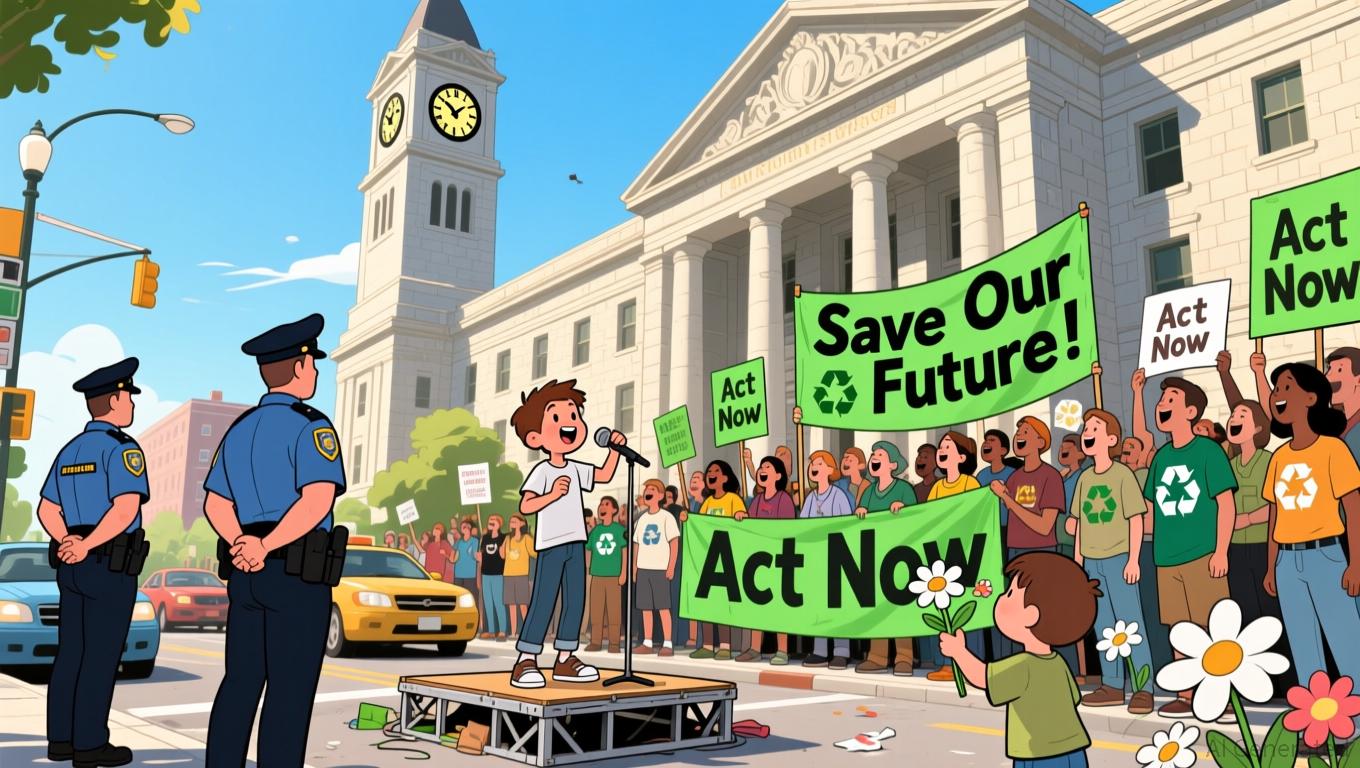Trump’s Lack of Response to Antisemitism Creates Tension Between GOP Supporters and Established Party Principles
- Trump criticizes GOP members for opposing his Epstein ties but avoids condemning antisemites Tucker Carlson and Nick Fuentes, deepening GOP divisions. - Carlson's 2025 interview with white nationalist Fuentes, who spread antisemitic tropes, drew ADL reports showing 15% of Republicans justify violence against Jews. - Jewish conservatives and Heritage Foundation resignations demand Trump address antisemitism, comparing inaction to Nazi-era parallels as GOP fractures over free speech vs. extremism. - Trump'
Donald Trump has openly rebuked Rep. Marjorie Taylor Greene and Rep. Matty Massie for opposing him regarding his previous ties to financier Jeffrey Epstein, but he has refrained from criticizing Tucker Carlson or antisemite Nick Fuentes, even as Republican infighting over their statements grows. By not addressing Carlson’s contentious interview with Fuentes, Trump has heightened worries about increasing antisemitism within the GOP, especially among younger conservative voices
The dispute began after Carlson featured Fuentes—a white nationalist notorious for antisemitic and misogynistic rhetoric—in a two-hour discussion in October 2025. During the program, Fuentes argued that Jewish identity is fundamentally linked to “blood and soil nationalism” and labeled American Jews as “unassimilable,” while Carlson did not challenge these remarks

Trump’s lack of response has been met with backlash from Jewish conservatives and established Republican leaders. Laurie Cardoza-Moore, a Christian Zionist who stepped down from the Heritage Foundation’s antisemitism task force, urged for a “Come-to-Jesus moment” to confront the issue, warning of echoes of the Nazi period
Trump has stood by Carlson, saying, “You can’t dictate who he interviews,” and sidestepped questions about Fuentes, with whom he previously shared a meal at Mar-a-Lago
Divisions within the GOP have widened as figures like Greene and Vance try to balance defending free speech with confronting antisemitism. Greene justified her participation at a Fuentes event in 2022 but claimed she did not know him personally
As the 2026 elections near, the Republican Party’s ongoing struggle to bridge its populist faction with its traditional conservative roots may determine its direction. With antisemitism on the rise and younger conservatives gravitating toward fringe ideologies, the GOP faces a crucial test of its ethical resolve—and Trump’s leadership.
Disclaimer: The content of this article solely reflects the author's opinion and does not represent the platform in any capacity. This article is not intended to serve as a reference for making investment decisions.
You may also like
Solana's Latest Fluctuations: Understanding Blockchain Challenges and Institutional Perspectives for 2025
- Solana's Q3-Q4 2025 price volatility ($140-$160) highlights tension between strong on-chain metrics and liquidity/security risks. - ETF inflows ($417M) and DApp growth ($3.79M daily revenue) contrast with declining TVL (-11%) and stablecoin market cap (-8.16%). - Validator concentration risks persist despite innovations like Firedancer, as institutional confidence hinges on resolving security vulnerabilities and decentralization gaps. - Long-term SOL price targets ($500) depend on sustaining performance
Solana (SOL) Price Rally Expected in Late 2025: Driven by On-Chain Growth and Favorable Macroeconomic Factors
- Solana's 2025 price surge stems from technical upgrades (Firedancer, Alpenglow) and institutional adoption, outpacing Bitcoin/Ethereum ETF inflows. - Western Union's USDPT stablecoin launch on Solana in 2026 highlights growing real-world utility for cross-border payments and DeFi integration. - 70% staking ratio and 7% annualized staking yields attract $541M in institutional capital, reinforcing network security and long-term incentives. - Macroeconomic tailwinds from Fed policy and RBNZ rate cuts create
The Federal Reserve's Change in Policy and How It Affects Solana (SOL)
- The Fed's 2025 policies—stablecoin regulations, rate cuts, and halted QT—are reshaping crypto markets, with Solana (SOL) emerging as a key beneficiary. - Stricter stablecoin oversight under the GENIUS Act boosts trust in digital assets, while Solana's $YLDS stablecoin bridges traditional and crypto finance. - Fed rate cuts and QT cessation inject liquidity into markets, driving capital toward Solana's high-speed DeFi infrastructure and staking ETFs. - Despite policy uncertainty from Fed divisions, Solana
The 150% Decline in SOL Value: Trigger for Change or Market Adjustment?
- Solana's 150% price drop in Nov 2025 sparked debates over systemic crypto fragility amid broader market corrections. - Forward Industries' 1.8M SOL transfer to exchanges amplified fears of institutional selling and liquidity risks. - The crisis accelerated adoption of AI-driven ETRM tools for real-time risk management in volatile digital asset markets. - Market psychology and macroeconomic pressures highlighted the dual nature of the crash as both correction and institutional catalyst.